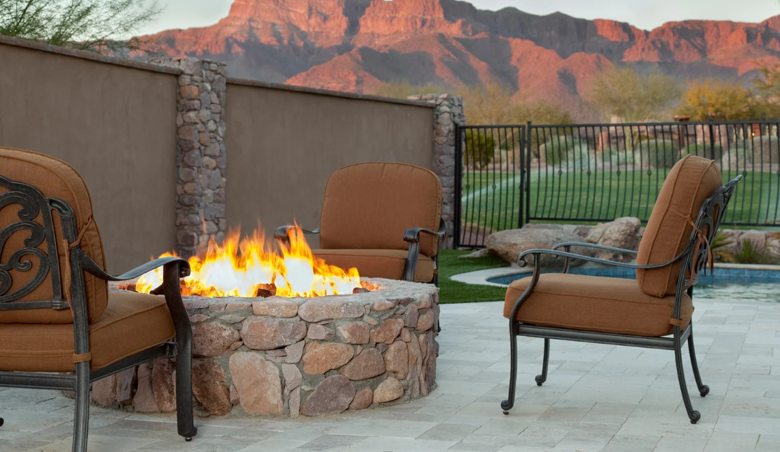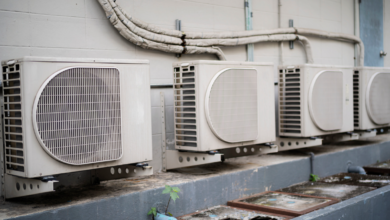How to Clean and Maintain an Outdoor Fireplace

An outdoor fireplace can transform a backyard into a cozy, year-round gathering spot, but only when it’s properly maintained. Exposure to smoke, heat, and changing weather conditions means that regular care is essential for both performance and longevity. Whether it’s made of brick, stone, or stucco, consistent upkeep ensures it remains safe, attractive, and functional. For homeowners with an outdoor fireplace in Alpharetta, professionals often recommend a seasonal cleaning and inspection routine to prevent buildup and structural issues over time.
Routine Cleaning for Appearance and Safety
With frequent use, fireplaces accumulate soot, ash, and debris. Regular cleaning not only preserves the look of the unit but also helps it operate safely. The firebox should be cleared of ash and wood remnants to prevent clogging and reduce fire hazards. Professionals use non-abrasive tools to avoid damaging firebrick or heat-resistant coatings.
Soot buildup on the interior walls should also be addressed to improve airflow and reduce the risk of chimney fires. If the fireplace includes glass doors or metal grates, those should be cleaned with appropriate materials to prevent corrosion and discoloration.
Seasonal Inspections and Minor Repairs
Because outdoor fireplaces are exposed to rain, wind, and fluctuating temperatures, seasonal inspections are essential. Cracks in mortar joints, shifting stones, or signs of water damage can all affect the structure’s integrity. In colder climates, trapped moisture can freeze and expand, leading to significant damage if not addressed early.
A professional inspection includes checking the chimney cap and flue to ensure proper ventilation. Spark arrestors and fireboxes are also examined to confirm they are intact and functioning properly. These steps ensure safety and reduce the risk of smoke backup or fire hazards.
Fuel System Maintenance and Ventilation
Maintenance needs can vary depending on whether the fireplace is wood-burning or gas-powered. For wood-burning models, removing creosote buildup in the chimney is essential. Excess buildup not only reduces efficiency but also poses a fire risk. Ensuring that air vents are clear allows for better combustion and cleaner fires.
For gas fireplaces, technicians check ignition systems, clean burners, and test for leaks or pressure issues. Any signs of corrosion or debris in the lines are addressed promptly to maintain safe operation. Regular tune-ups help keep fuel systems working smoothly and prevent costly repairs.
See also: What to Expect During the Initial Consultation with a Luxury Home Builder
Protection from the Elements
To maintain an outdoor fireplace long-term, it’s important to protect it from harsh weather. Sealing masonry surfaces with water-repellent treatments can prevent stains, erosion, and moisture damage. For extended periods of non-use, especially during rainy seasons, covering the fireplace with a fitted waterproof cover adds another layer of protection.
Proper drainage around the structure helps avoid pooling water at the base. Ensuring the surrounding landscape directs runoff away from the fireplace reduces the chances of foundation issues or accelerated material breakdown.
Conclusion
Keeping an outdoor fireplace in good condition requires more than occasional cleaning, it takes regular maintenance, expert inspections, and seasonal protection. From managing ash and soot to preventing water damage and checking ventilation systems, each task contributes to long-term performance and safety. With a proactive approach and the support of experienced professionals, your fireplace can remain a centerpiece of comfort and enjoyment throughout the year.




